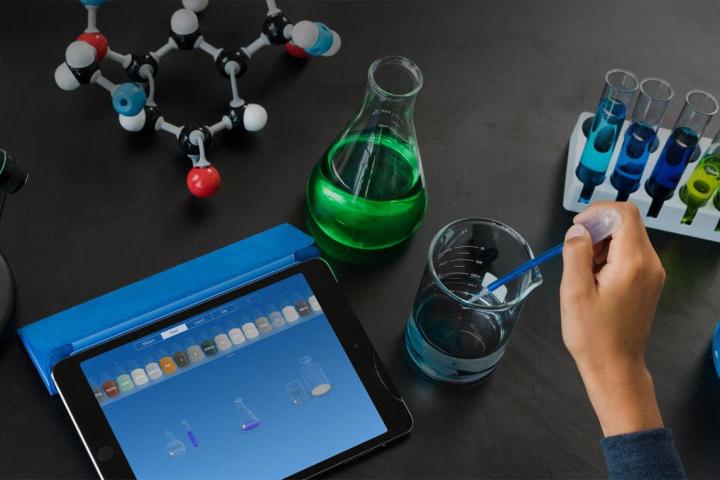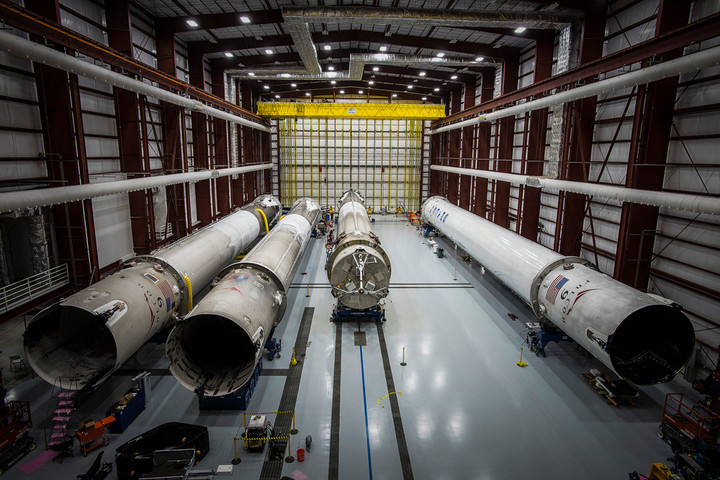
The discovery of gravitational waves rippled through the world of astronomy

Scientists at the Laser Interferometer Gravitational-wave Observatory (LIGO) set the astronomy world on fire when they announced the discovery of gravitational waves. They not only detected the ripples in space-time, but they also pinpointed the source of the waves. According to their report, the waves were the result of a collision between two black holes that occurred over 1.3 billion years ago. The existence of these gravitational waves was theorized by Albert Einstein in the early 1900, but the world-renowned physicist lacked the technology to test his theory. Some 100 years later, the evidence for his prediction has been discovered.
Genetic engineering became a cancer panacea

This year, for the first time ever, scientists used the CRISPR-Cas9 genetic engineering tool to create immune cells that target cancer cells in a patient. A group of Chinese researchers used this technique to treat lung cancer. The team harvested white blood cells from patients, genetically engineered them to attack lung cancer cells, and then reintroduced the cells into the patient to treat cancer. If these early trials prove to be successful, oncologists may soon have another tool in their arsenal to treat cancer patients. This advancement is only the beginning of what is possible when technology meets the halls of medicine.
Tesla inched closer to bringing self-driving cars to the masses
Once again, Tesla is pushing the envelope with its cutting-edge electric car technology. It all started in 2008 with the Tesla Roadster, the world’s first electric sports car. The company’s success continued with the Model S luxury sedan, which is the second best-selling plug-in electric vehicles in the world as of November 2016. The company this year announced that its entire fleet of cars, including the $35,000 Model 3, will soon include autopilot. Currently being tested by Tesla, the autopilot system will include autonomous navigation, radar processing, and collision avoidance so the occupants can relax while the car handles all the ins and out of driving on busy local roads and highways.
Reusable rockets became a reality

Up until now, rockets were typically an expensive, but expendable portion of every space mission. They were used to propel a spacecraft into orbit – at which point they are generally cast aside as a waste product of the mission. SpaceX founder and CEO Elon Musk changed all that with a reusable rocket program that made it possible for a rocket to return to earth safely after completing its mission. Once on solid ground, the rocket can be retrieved and prepped for future missions. The company had its share of high-profile misses in the past, but in 2016, the technology had improved to the point where SpaceX was on target more than it was off. By July 2016, the company had logged an impressive string of successes with five perfect Earth landings in eight months.
A paralyzed man regained the ability to feel with an artificial hand
Nathan Copeland has been paralyzed, unable to move or feel his limbs, for the past ten years because of an accident. However, thanks to a team of researchers from the University of Pittsburgh, Copeland now can move a robotic arm using only his brain. And if that wasn’t impressive enough, the team of scientists also added touch feedback to the robotic arm that allows Copeland to feel pressure applied to the artificial limb. The system is so sensitive that Copeland can feel pressure on each finger. “I can feel just about every finger — it’s a really weird sensation,” Copeland said following the surgery. “Sometimes it feels electrical and sometimes its pressure, but for the most part, I can tell most of the fingers with definite precision. It feels like my fingers are getting touched or pushed.”
Astronomers found a potentially habitable planet near Proxima Centauri

Astronomers have long believed that we are not alone in the universe, and many have been searching for extraterrestrial life since the beginning of the discipline. The possibility of other living beings took a big leap forward in 2016 following the discovery of a possibly habitable planet in the Alpha Centauri system. Dubbed Proxima b, the exoplanet is 4.24 light years away from Earth, making it difficult to conduct a thorough study of the planet. Early results suggest the planet is terrestrial and not merely a gas giant. It’s also within thea habitable zone of the red dwarf Proxima Centauri, which is the closest star to our Sun.





